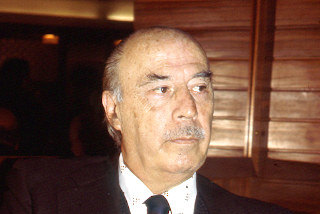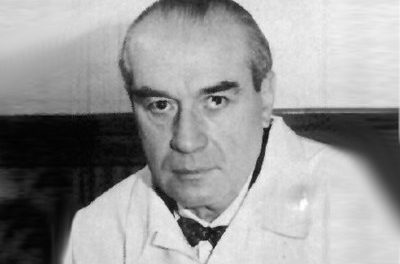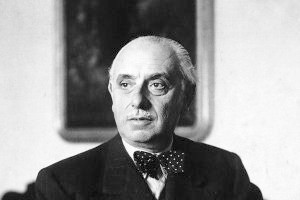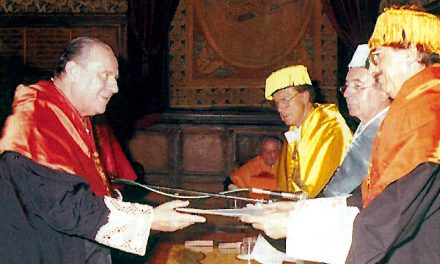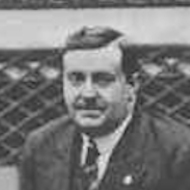 The Royal European Academy of Doctors-Barcelona 1914 (RAED) continues with the series dedicated to the most notable academicians of its centenary history and dedicates this 19th installment, like the two previous ones, to the third of the presidents that it has had since its foundation to early 20th century until completing a cycle dedicated to all its former institutional representatives already disappeared. In this case the figure of Guillermo de Benavent Camps is remembered, who held the position of dean-president of the then College of Doctors of the University District of Barcelona for almost four decades, between 1926 and 1963. Another of the great figures of science and the thought that has been part of the RAED and that the current Government Board wants to thank, acknowledge and claim, in the conviction that those who have no memory, have no future. The selection of these select academics, from all fields of knowledge, is the result of research carried out for the publication of the “Book of the Centenary” of the Royal Academy, published three years ago. Personalities that transcend their historical context to appear today as referents of knowledge.
The Royal European Academy of Doctors-Barcelona 1914 (RAED) continues with the series dedicated to the most notable academicians of its centenary history and dedicates this 19th installment, like the two previous ones, to the third of the presidents that it has had since its foundation to early 20th century until completing a cycle dedicated to all its former institutional representatives already disappeared. In this case the figure of Guillermo de Benavent Camps is remembered, who held the position of dean-president of the then College of Doctors of the University District of Barcelona for almost four decades, between 1926 and 1963. Another of the great figures of science and the thought that has been part of the RAED and that the current Government Board wants to thank, acknowledge and claim, in the conviction that those who have no memory, have no future. The selection of these select academics, from all fields of knowledge, is the result of research carried out for the publication of the “Book of the Centenary” of the Royal Academy, published three years ago. Personalities that transcend their historical context to appear today as referents of knowledge.
Recognized doctor and pharmacist, De Benavent managed to refloat the Academy of various internal and external crises that threatened its existence in various periods. Pioneer of the institution and one of its most active exponents, occupied the Secretariat during the term of the first president, Álvaro Esquerdo. According to the documentation of the time, at the death of the latter, which occurred in 1921, he struggled to find a prestigious figure as successor such as Pablo Gerardo Maristany, count of Lavern, although he continued to devote to the internal organization of the still College of Doctors
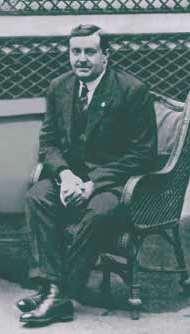
Dr. Guillermo de Benavent
After the disappearance of the second dean-president five years later, De Benavent agreed to represent the Academy on an interim basis and overcame both the crisis that led to the dictatorship of Primo de Rivera between 1923 and 1930, the troubled years of the Republic (1931-1936) and the rigors of the Spanish Civil War (1936-1939). After these periods, De Benavent restored the institution and formalized his position as president in 1943, months before getting an audience with the then Head of State, Francisco Franco, to get the political recognition of a College that, without renouncing its origins and its history, continued to be governed by its 1924 Statutes.
In this new period and under the leadership of De Benavent, the Academy addressed the revival of university education through a series of keynote lectures that took place in the Aula Magna of the University of Barcelona over almost two decades. An intense activity that placed the institution at the highest academic level and that was accompanied by the invitation to participate and to enter at the Academy as members of honor to the main Spanish figures of all fields of knowledge of that period. These were the years in which the main Spanish intellectuals responded to the call of the institution, moving in most cases to Barcelona to formalize their admission or to carry out their master class.
With that in his favor, De Benavent’s last great achievement was to get the College of Doctors to become an Academy in 1954 thanks to a ministerial order. In 1963 the president died in Arenys de Mar leaving a prestigious and reference institution with intense activity.
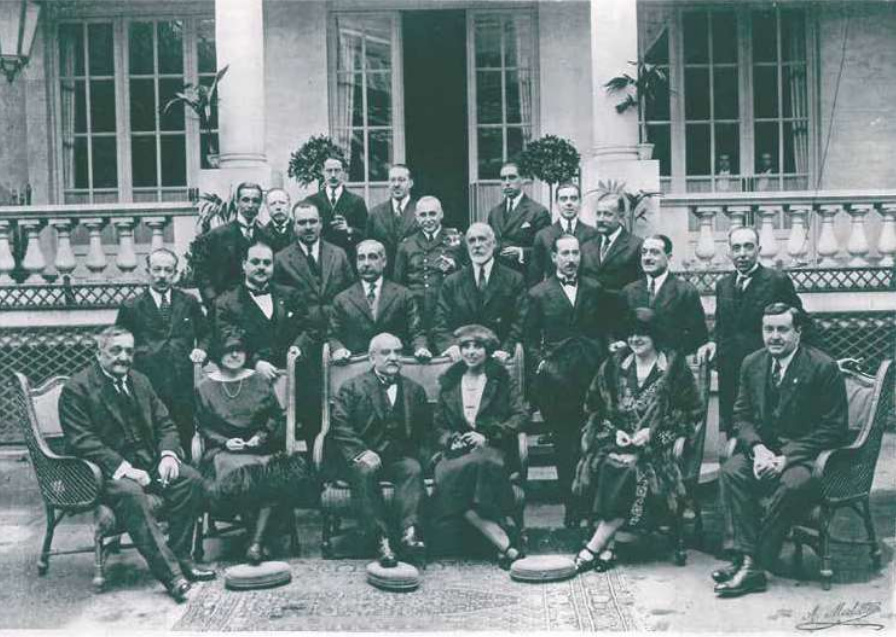
Members of the Governing Board of the College of Doctors. In the first row, on the left, the dean Earl of Lavern; in the center, Ignacio Bauer, founder of the Academy of Doctors of Madrid, and on the right, Guillermo de Benavent, secretary and subsequent dean of the College of Doctors.

